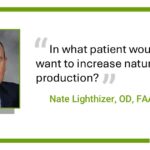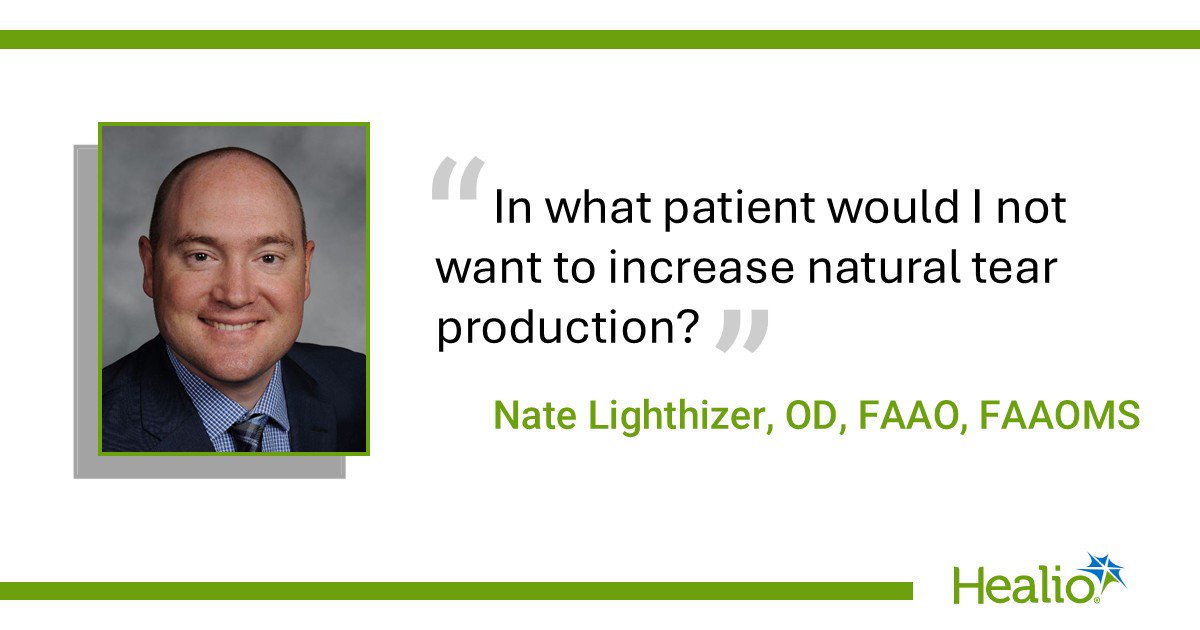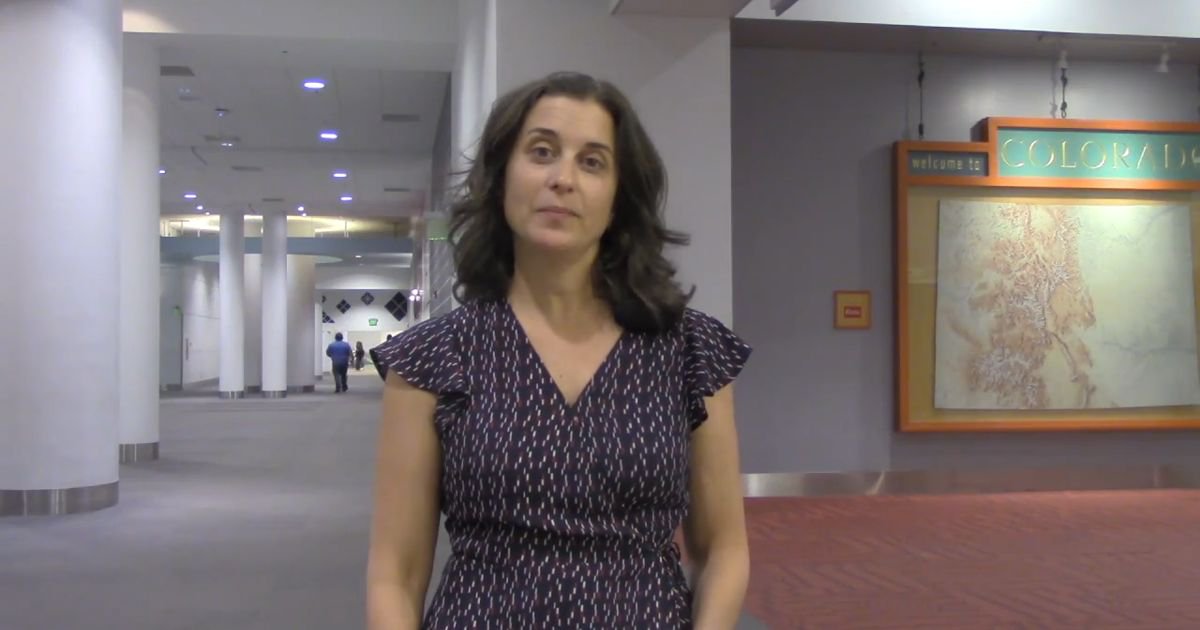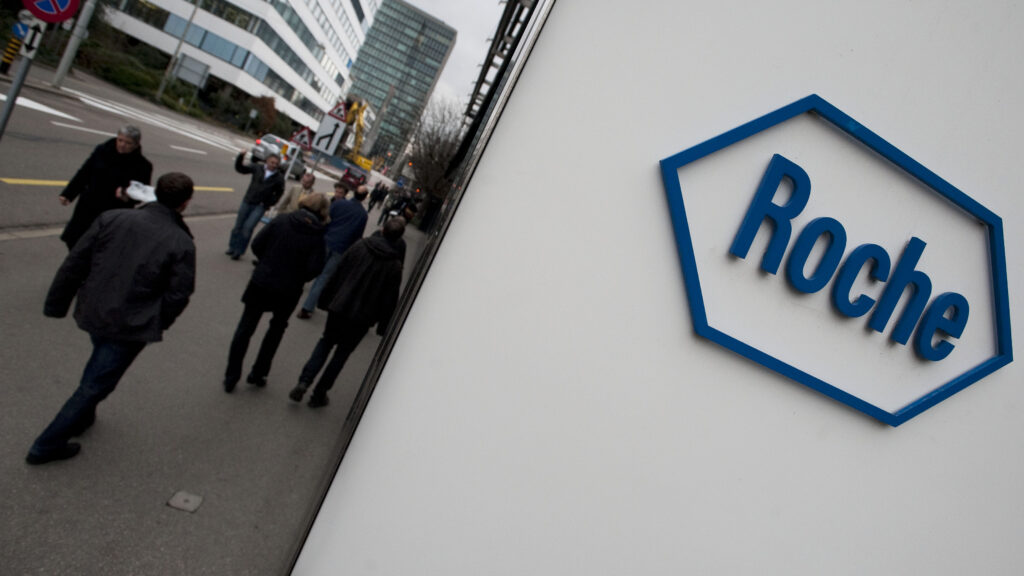October 10, 2025
2 min read
Key takeaways:
- Tryptyr use resulted in a 147% increase in tear production and a 72% increase in lipids.
- A common side effect was mild instillation site burning and stinging.
BOSTON — A statistically significant increase in tear volume and lipid concentration was seen 3 minutes after instillation of a single drop of Tryptyr in patients with dry eye disease, according to research presented at Academy 2025.
Nate Lighthizer, OD, FAAO, FAAOMS, assistant dean and associate professor at the College of Optometry at Northeastern State University in Tahlequah, Oklahoma, presented a poster outlining the phase 3b study of Tryptyr (acoltremon ophthalmic solution 0.003%, Alcon), which stimulates TRPM8 receptors to activate the trigeminal nerve, leading to increased activity in lacrimal functional unit secretions.

The researchers performed baseline OCT imaging of the central tear meniscus height in the left eye and collected basal tears in the right eye of 41 adults with dry eye disease, according to the study.
Three minutes after instilling a drop of Tryptyr in each eye, they measured the tear meniscus height using OCT in the left eye and took a tear sample to measure the lipids in the right eye, Lighthizer told Healio.
“What they found was a 147% increase in tear production as measured by OCT,” he said. Tear meniscus height was 343 µm at baseline and 847 µm after drop instillation in 34 of the subjects.
Total tear lipids went from 128 ng/mL to 221 ng/mL, showing “a 72% increase in lipids, which fits our knowledge of what acoltremon does,” Lighthizer said.
Cory Lappin, OD, MS, FAAO, founder of The Dry Eye Center of Ohio, at an Alcon-sponsored media event discussed the significance of using OCT vs. Schirmer testing.
“I don’t use Schirmer testing,” he said. “[It] causes reflex tearing. I want noninvasive measurements. I use tear meniscus height in my clinic. I want to look at the patient’s tear production without me touching the eye. This was an important study. We are seeing this noninvasive data, and the lipid data solidifies it. The fact that we see the lipid concentration go up, you’re getting that complete basal tear with all those complex elements; it’s clinically meaningful.”
Dosing of Tryptyr is twice daily, Lighthizer said. He also noted that 39% of patients in the study reported instillation site burning and stinging, “which makes sense, considering the mechanism of action. … It tickles the nerve endings. It stimulates the nerve endings to increase natural tear production. If you’re stimulating nerve endings, you’re going to probably feel a little sensation.”
He said he is prescribing this for most of his patients.
“In what patient would I not want to increase natural tear production?” Lighthizer said. “Their basal tears have all of the healthy stuff.”
Lappin added: “Almost all of your dry eye patients would get a benefit from this.”
For more information:
Cory Lappin, OD, MS, FAAO, can be reached at coryjlappin@gmail.com; Instagram @cory.lappin; LinkedIn at Cory Lappin, OD, MS, FAAO. Nate Lighthizer, OD, FAAO, FAAOMS, can be reached at lighthiz@nsuok.edu.









